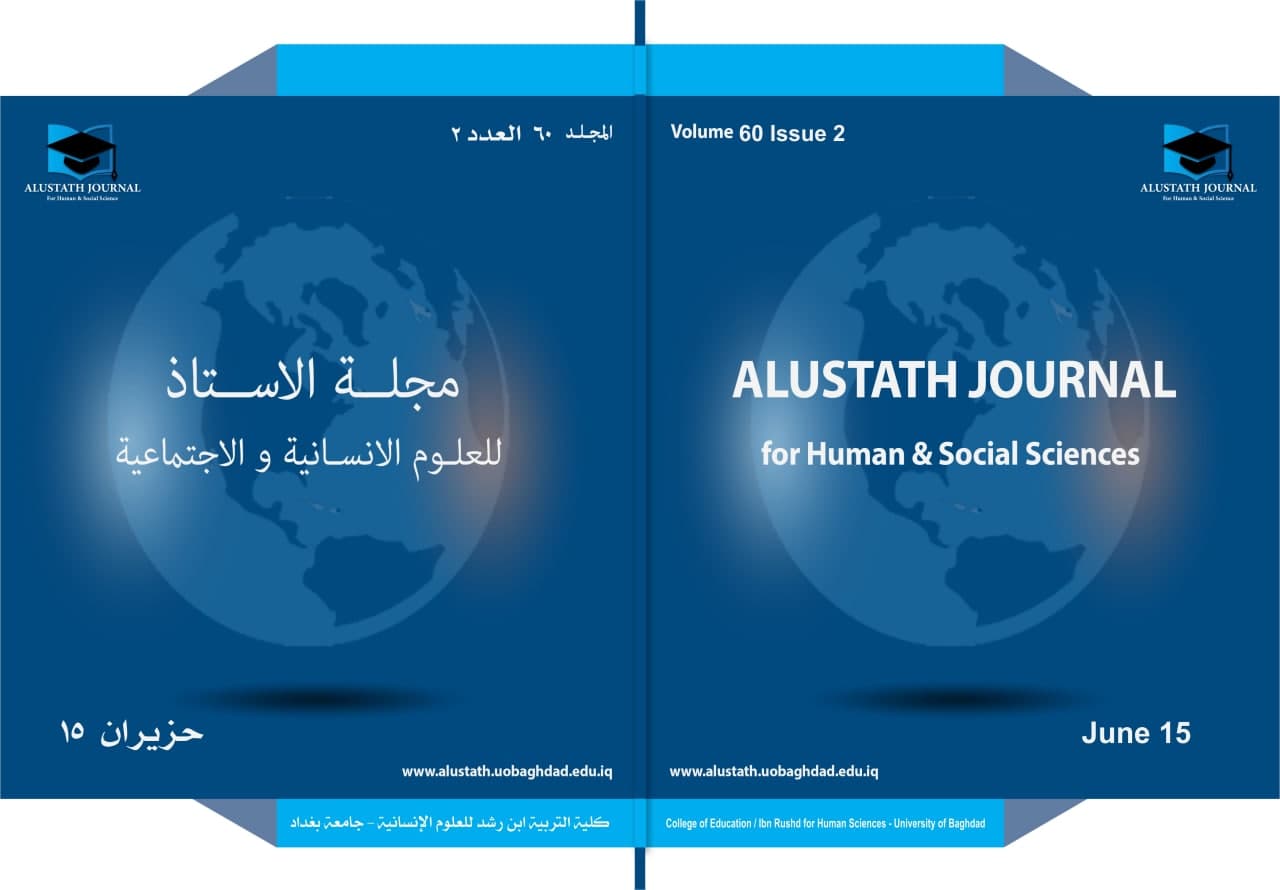Demolition Policy in The Islamic East up to 132 AH/749 AD A Historical study
DOI:
https://doi.org/10.36473/ujhss.v60i2.1582Keywords:
Demolition, his house, AL mukhtarAbstract
This study sheds light on the policy of demolition in the Islamic East in the state of the Prophet Muhammad ( peace be upon him), and in Al-Rashidi age, and in the rule of the Umayyad state, The subject of the study is determined geographically on the Arabian Peninsula, Syria ( Al-Sham) country, and Iraq, but in time it covers the first century And four decades from the second century AH. The subject of the study was not previously touched upon except rarely. The word demolition has several meanings, and almost all of them pour in one meaning, it is against construction. It did not specify in the title of the research what the demolished object included the demolition of mosques, churches, houses and palaces The reasons for the demolition are many, including religious and social ones. They are approved. It has been taken as a punishment against opponents, and those who harbor ill-treatment for the state of Islam It may be motivated by racial intolerance that is rejected by Islam, or refused to marry. The demolition of political reasons overwhelmed the subject of research, and began to succeed Imam Ali (peace be upon him). It escalated in the era of the Umayyad state, and was used by Mukhtar bin Obaidullah Althaqfy, and as a means of punishment for all those who participated in the killing of Imam Hussein (as) in Karbala. It was also used by the governors and the leaders of the armies of the Umayyad son against their opponents. It was also used by the preachers of Bani Abbas during their revolution against the Umayyad rule.












